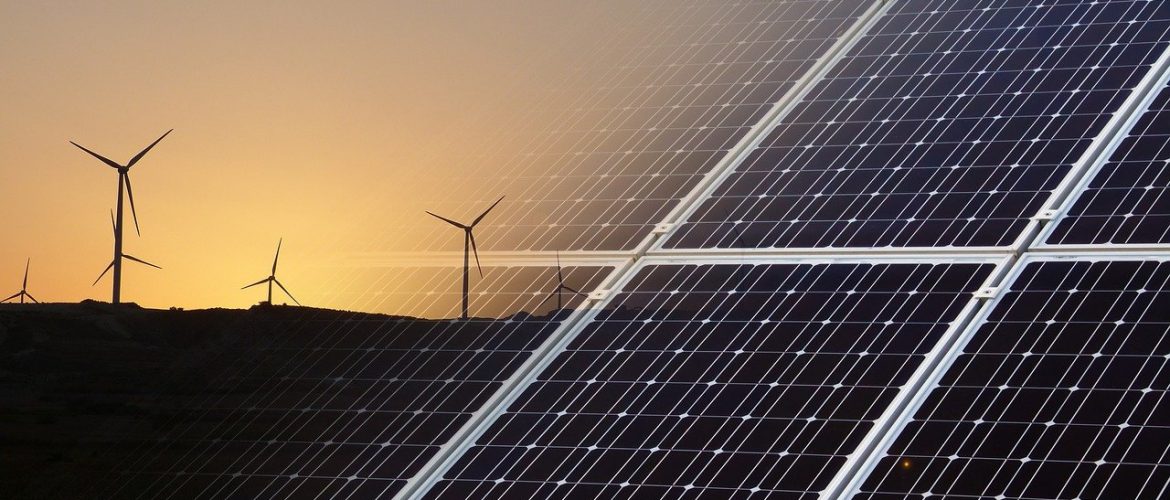According to the latest monthly data for the interconnected electricity network from ADMIE (March 2022):
Fossil fuels (fossil gas +lignite) produced more electricity than renewables (including large hydro) in the first quarter of 2022, contrary to the same period of 2021, when renewables combined with large hydro surpassed the contribution of fossil fuels for the first time.
The electricity from fossil fuels increased significantly, compared to both the first quarter of 2021 (+20.4%) and the same period of 2020 (+7.6%). This is attributed to the increase in production from fossil gas which mainly covered the increase in electricity demand the first 3 months of 2022.
More specifically, cumulatively for the first quarter of 2022:
- Electricity demand increased from 12711 GWh in 2021 to 13737 GWh in 2022 (+8%).
- Fossil gas had the highest increase in the first quarter of the year producing 5120 GWh from 3834 GWh in 2021 (+34%).
- Net electricity imports also increased, with 1172 GWh in 2022 from 890 GWh in 2021 (+32%).
- The increase in renewables (w/o large hydro) was clearly smaller, from 4378 GWh in 2021 to 4618 GWh in 2022 (+6%).
- On the contrary, lignite (1593 GWh) continued its downward spiral, producing 1593 GWh in 2022 compared to 1744 GWh in 2021 (-9%).
During the same period, the share of renewables including large hydro (42.5%) exceeded that of fossil gas (37.3%), which, however, was at a record high compared to previous years.
The share of lignite continued to shrink in the first quarter of 2022, reaching 11.6%, a more than 2 and 5 percent points decrease compared to 2021 and 2020, respectively.
In terms of changes compared to the first quarter of 2021 and 2020, lignite was the only energy source that declined compared to both years.
On the contrary, fossil gas and renewables (excluding large hydro) increased compared to both 2021 and 2020, with the increase of fossil gas being significantly larger.
Electricity generation from large hydro decreased (-35%) compared to 2021, but was still much higher compared to the dry 2020 (+127%).
The trend was the opposite for net imports, showing an increase (+32%) compared to 2021 but a decrease compared to 2020 (-62%).
Specifically for March 2022:
- Electricity demand increased significantly compared to March 2021 (+11%).
- Renewables electricity (excluding large hydro), also increased, recording the second highest monthly electricity production (1676 GWh), with the first one being in the last December.
- The monthly electricity production from lignite was the highest since December 2020. However, that didn’t change its downward cumulative trend during the first quarter of 2022.
- Greece had for the first time in 2022 more electricity exports than imports, although overall in the first quarter, net imports increased compared to last year.




















































































































































































































































































































